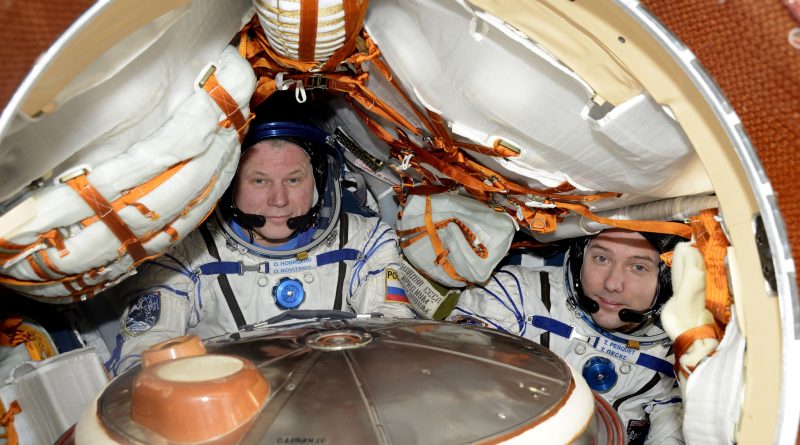Soyuz Spacecraft set for Pre-Sunset Landing with Two Space Station Crew Members
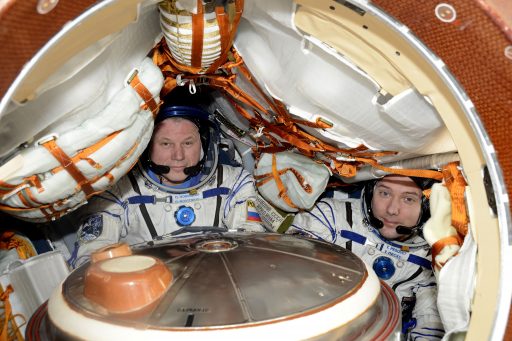
A two-man crew is gearing up for their return to Earth after spending 197 days in space, making over 3,000 orbits around the planet.
Russian Cosmonaut Oleg Novitskiy and ESA Astronaut Thomas Pesquet are set for an early evening landing in south-central Kazakhstan on Friday aboard their Soyuz MS-03 spacecraft, leaving their former crew mate Peggy Whitson in orbit to spend an additional three months aboard the International Space Station.
Soyuz MS-03 is set for undocking at 10:47 UTC to head off on two laps around Earth before firing up its main engine for a rocket-powered braking maneuver at 13:17 UTC that will mark the point of no return to Novitskiy and Pesquet. Parachuting into the Kazakh steppe, Soyuz MS-03 is aiming for a landing time of 14:10 UTC, 8:10 p.m. local time – a rare evening landing of the Soyuz that normally targets landing in the early morning hours. This will be the first two-person Soyuz landing since 2010 when Maksim Suraev and Jeff Williams touched down aboard Soyuz TMA-16.
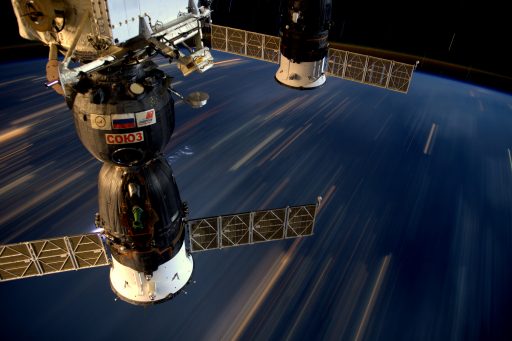
Veteran Commander Novitskiy, first-time space flier Pesquet and NASA veteran Whitson blasted off from the Baikonur Cosmodrome on November 17, reaching orbit nine minutes after liftoff and completing a two-day rendezvous with the Space Station to join the Expedition 50 crew.
Their mission was to become a very fast-paced Expedition covering over 250 scientific experiments aboard the orbiting laboratory, a series of planned and unplanned spacewalks, visiting vehicle arrivals and departures and extensive robotic operations on the outside of the complex.
Hitting the ground running, the three new crew members and the resident ISS crew saw off the Cygnus OA-5 cargo vehicle in late November and hoped to welcome the Progress MS-04 supply ship in early December, but the craft never made it to orbit due to a third stage issue with its Soyuz booster. HTV-6, launching from Japan in December, arrived at ISS with nearly six metric tons of cargo including a set of six new batteries that were to replace a dozen aging batteries on the Station’s truss.
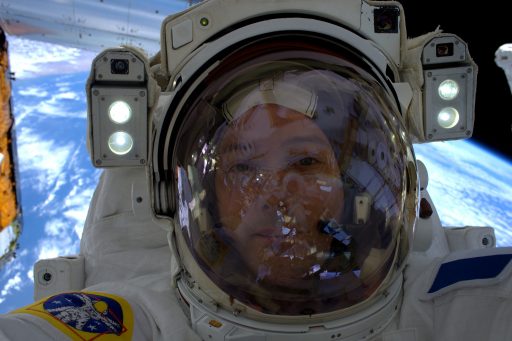
The battery replacement was accomplished in a robotic-and-human collaboration in early January with the Station’s robots in charge of the heavy lifting – removing aging Nickel-Hydrogen batteries from the Station’s truss and putting in place the new higher-capacity Li-Ion units. Two EVAs, one by Shane Kimbrough and Peggy Whitson, the other by Kimbrough and Thomas Pesquet finalized the battery replacement via the installation of specially fabricated adapter plates. HTV-6 departed in early February, but ISS did not have to wait long for its next visitors as the SpaceX Dragon SpX-10 craft and Russia’s Progress MS-05 were inbound within a day of one another in February, making for busy cargo transfer operations on both segments of ISS.
Another major task for the Expedition 50 crew came in late March when it was time to move Pressurized Mating Adapter 3 from Node 3 to Node 2 where it will be available as a docking module for upcoming Commercial Crew missions to ISS. Although the move of PMA-3 was completed robotically, spacewalks were needed before and after the module’s relocation to deal with electrical connections.
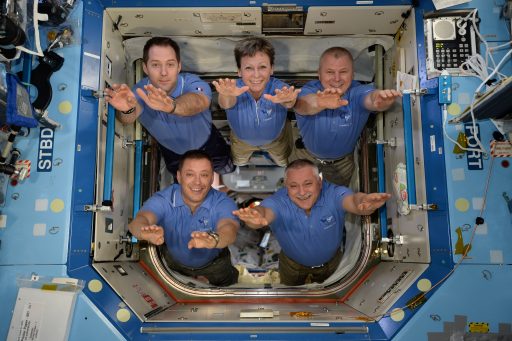
Kimbrough and Pesquet completed the pre-move EVA, also tackling tasks like upgrading an external computer box and servicing the robotic arm. EVA-2 was completed by Whitson and Kimbrough to re-connect PMA-3 to electrical circuitry, put in place covers around its base and cover up its former port on the Tranquility module.
Kimbrough, along with his Russian colleagues Sergei Ryzhikov and Andrei Borisenko, departed on April 10, leaving ISS in the capable hands of three-time Commander Peggy Whitson, Thomas Pesquet and Oleg Novitskiy. They were joined by Expedition 51/52 crew members Fyodor Yurchikhin and Jack Fischer on April 20, launching as a two-man crew as Russia reduces its permanent crew on ISS to two due to lower workload on the Russian segment and as a cost-saving measure.
The empty seat on Soyuz MS-04 offered an opportunity to NASA to move Peggy Whitson from MS-03 to the MS-04 crew and extend her stay by three months and keep ISS staffed by a crew of three through the summer instead of going down to a two-person crew for nearly two months.
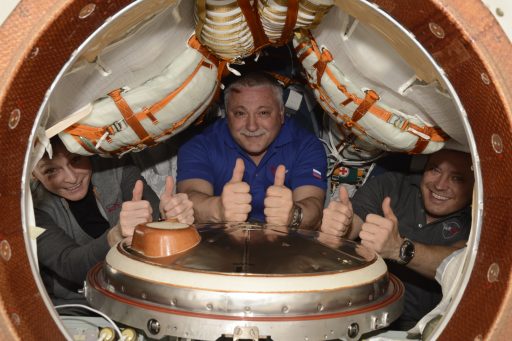
ISS was facing an extended period of two-crew operations because the planned Soyuz launch manifest was derailed when the Soyuz originally intended to fly the MS-04 mission (#734) had to be replaced with the #735 spacecraft due to a leak in the thermal control system – causing a knock-on effect and pushing the Soyuz MS-05 mission to late July.
NASA took advantage of the chance of keeping Whitson on ISS longer and gaining an additional pair of hands to deal with ISS maintenance tasks and a busy science schedule for Expedition 51/52 with over 200 experiments in progress on the U.S. Segment alone.
Whitson officially transferred to the Soyuz MS-04 crew in May when her Kazbek seat liner was moved into the right seat of the ‘Argo’ spacecraft where a cargo container had been for the climb to orbit.
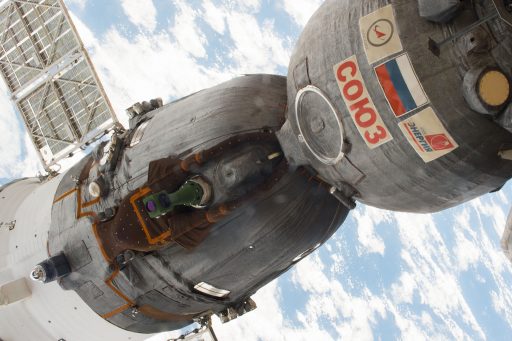
The Expedition 51 crew welcomed the Cygnus OA-7 spacecraft on April 22 and Peggy Whitson, joined by rookie spacewalker Jack Fischer, ventured outside on a difficult EVA on May 12 to replace a controller on one of the Station’s Express Logistics Carriers to be able to support a new payload facility headed up to ISS on the next Dragon.
They had to venture outside again on May 23 to respond to the failure of an external computer. Both of these EVAs were supported by Thomas Pesquet and Oleg Novitskiy in getting the crew members ready to head out the door and back inside ISS.
With their mission winding down, Novitskiy and Pesquet ramped up their exercise routines to better deal with the re-adaptation to gravity and also went through final sessions of various experiments like Fluid Shifts that studies a shift of fluid from the lower body to the upper body over the course of a prolonged space mission, creating potentially harmful changes in intracranial pressure and visual impairment.
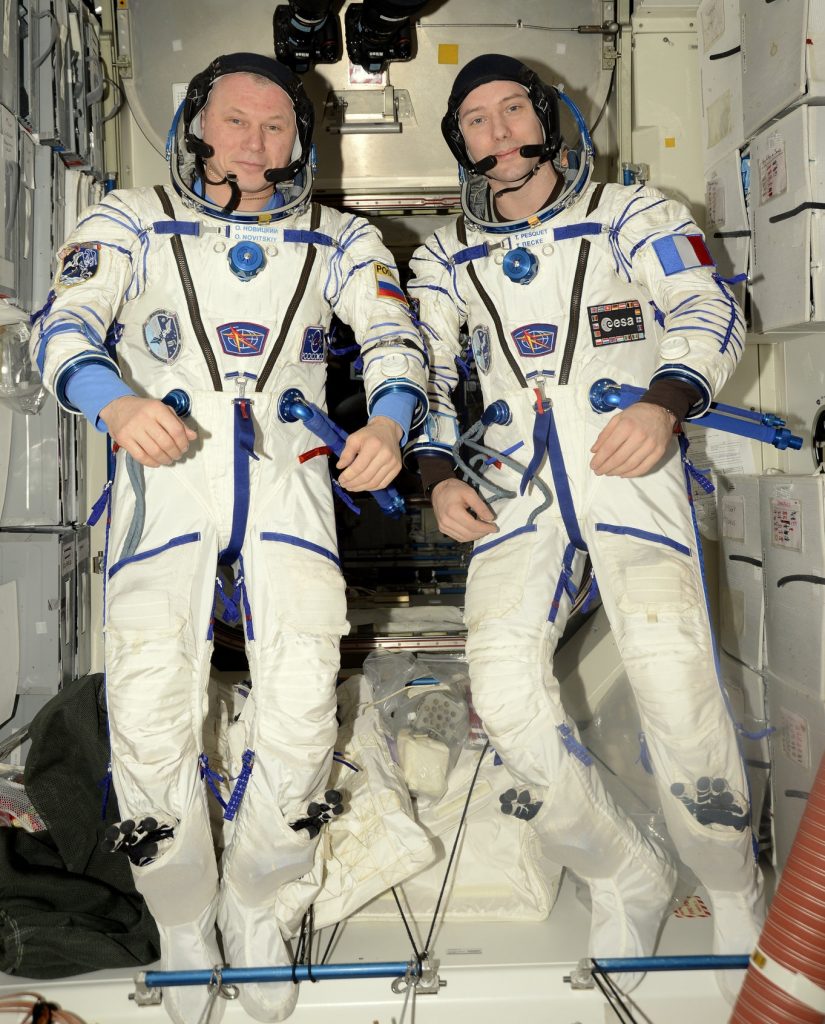
The two also completed fit and leak checks on their Sokol Launch and Entry Suits, a series of descent drills and a full checkout of the Soyuz MS-03 spacecraft including the prescribed thruster test on May 29.
On Thursday, ISS Expedition 51 Commander Peggy Whitson will hand the reigns over to Russian Cosmonaut Fyodor Yurchikhin who will lead Expedition 52, his third increment as commander.
With a rare evening landing in Kazakhstan, the departing crew members will not have to change their sleep cycles, waking up a little early on Friday to complete final transfers of time-critical science return items and power up their Soyuz spacecraft for a last set of checks ahead of hatch closure, planned at 7:35 UTC.
Once hatches on both sides of the interface are closed, the crew will command the vestibule area between the Rassvet module and Soyuz to depressurize for an hour of leak checks to confirm both hatches are holding pressure. While keeping an eye on pressure measurements, the two returning crew members will put on their Sokol Launch and Entry Suits and close out the Orbital Module of tying down loose items and deactivating systems.
They will then move down into the Entry Module where Oleg Novitskiy, overseeing his second Soyuz landing, will take the commander’s seat in the center with Thomas Pesquet to his left, gearing up for his first return from space. When both are strapped in and the Entry Module hatch is closed, a leak check will be run by reducing the Orbital Module’s pressure and monitoring the differential to ensure the internal hatch is tight. The crew will also conduct a leak check on their Sokols and work pre-departure steps like switching the Soyuz to internal power and demating electrical/data interfaces within the docking mechanism.
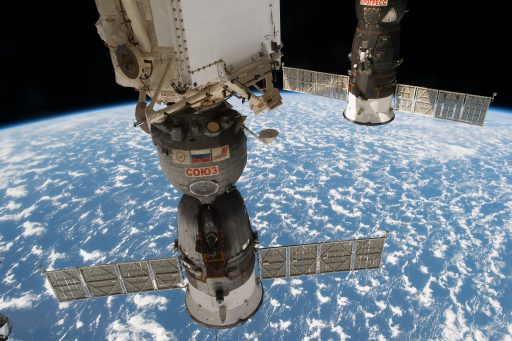
Hooks on the Rassvet Module will open up well ahead of undocking so that Soyuz is only held in place by its own hooks. The docking mechanism will power up five minutes prior to undocking and the Space Station will move into a Fine Attitude Hold mode with thrusters disabled to be as still as possible for the demating sequence.
The undocking command will be issued at 10:45:30 UTC to enable the hooks to open and break the structural connection between Soyuz and ISS that was in place for close to 195 days. When hooks are open, loaded springs will push off ISS with 300 Kilogram-force, initiating a slow opening rate of 0.1 meter per second.
Slowly drifting away from ISS, Soyuz MS-03 will enable active thruster control but remain in a passive state for three minutes to open up a sufficient gap for the first of two departure maneuvers. The eight-second firing of the craft’s DPO thrusters will accelerate the opening rate along the Station’s R-Bar or radial vector in the new departure architecture that avoids a re-orientation of ISS to save precious propellant.
>>Soyuz MS Spacecraft Overview
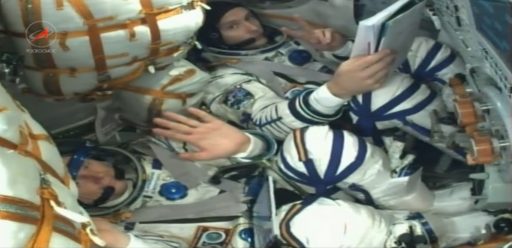
After the initial separation burn, Soyuz will execute a swift roll maneuver around its long axis to re-position for the second departure burn that comes one minute and 40 seconds after the first. This 30-second firing of the 130-Newton DPO thrusters will create a thrust component along the velocity vector and set up for the nominal Soyuz departure trajectory.
Leaving the Station’s neighborhood, Soyuz will enter a free flight of one and a half orbits to open up a 12-Kilometer gap to ISS before firing up on the rocket-powered deorbit maneuver. The two crew members, after getting a fleeting look at their home in space for the last half year, will not have much to do for the free flight until starting deorbit preparations around one hour from the burn. These steps include the reconfiguration of the craft’s navigation system and connecting the Entry Module batteries to the power bus.
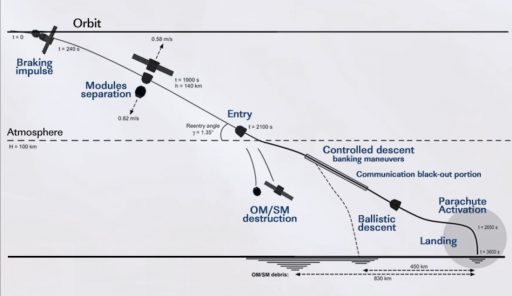
While passing over Russian Ground Stations one orbit prior to landing, Soyuz will re-orient to a tail-first attitude followed by the opening of a protective cover shielding the SKD main engine while it sat idle for the craft’s stay at ISS. Ignition of the 300-Kilogram-force S5.80 engine is planned at 13:17 UTC on a burn of four minutes and 36 seconds designed to slow the Soyuz down by 128 meters per second, just enough to transition the craft from an orbital trajectory to a sub-orbital arc intercepting the dense atmosphere.
While Soyuz hits the brakes 400 Kilometers above the South Atlantic, Oleg Novitskiy will keep close watch over all onboard systems and report a running tally of the achieved change in velocity and other relevant engine parameters.
With no more turning back, the crew will close their helmets and the Orbital Module will vent down to the vacuum of space to set up for the pyrotechnic separation of the three sections of the Soyuz of which only the 2.17 by 2.24-meter Entry Module can survive the extreme re-entry environment. Beginning its dip toward the atmosphere, Soyuz will approach Kazakhstan from the south-west, passing over the African continent one last time.
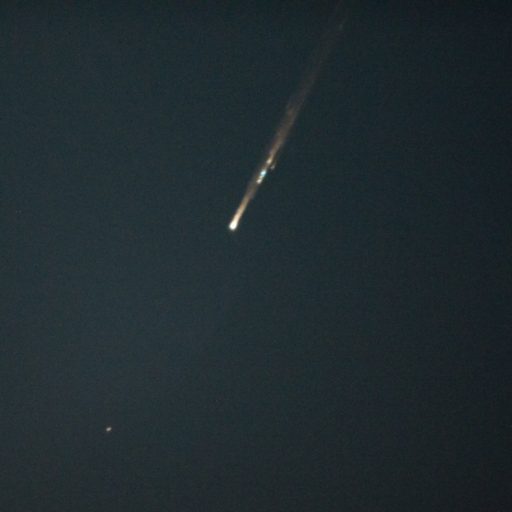
Communications with the crew, provided through a VHF radio link with the Space Station, are expected to deteriorate as the gap between the two craft opens up and lengthy communication outages are relatively common from the point of module separation until Soyuz arrives over the landing zone.
A series of loud bangs will shake the Soyuz at 13:44 UTC when the craft will be 140 Kilometers above the Red Sea as the Orbital and Service Modules are jettisoned and pushed into opposite directions to avoid interference with the Entry Module. The OM and SM will burn up to a large extent in the atmosphere and surviving parts will crash land around 800 Kilometers short of the Soyuz landing site.
Soyuz will encounter the dense atmosphere at 13:47 UTC when crossing 100 Kilometers in altitude near the border between Iraq and Iran, beginning the 23-minute process of slowing down from 25 times the speed of sound to a complete stop. The Soyuz will use Hydrogen-Peroxide-fueled thrusters to reach the proper orientation for entry and stick to a pre-programmed attitude for the first 89 seconds of re-entry before active guidance kicks in.
80 Kilometers above the Caspian Sea, Soyuz will enter its plasma blackout and begin a series of bank maneuvers to dissipate energy and modify lift to control its downrange travel distance toward the planned chute opening point.
Blazing through the atmosphere, the crew will see their windows glow bright yellow as Soyuz is immersed in plasma. The craft’s heat shield will endure temperatures of 1,600°C and, in the process, slowly burn away to create a boundary layer between the extremely hot layer of crushed air in front of the Soyuz and the spacecraft’s structure.
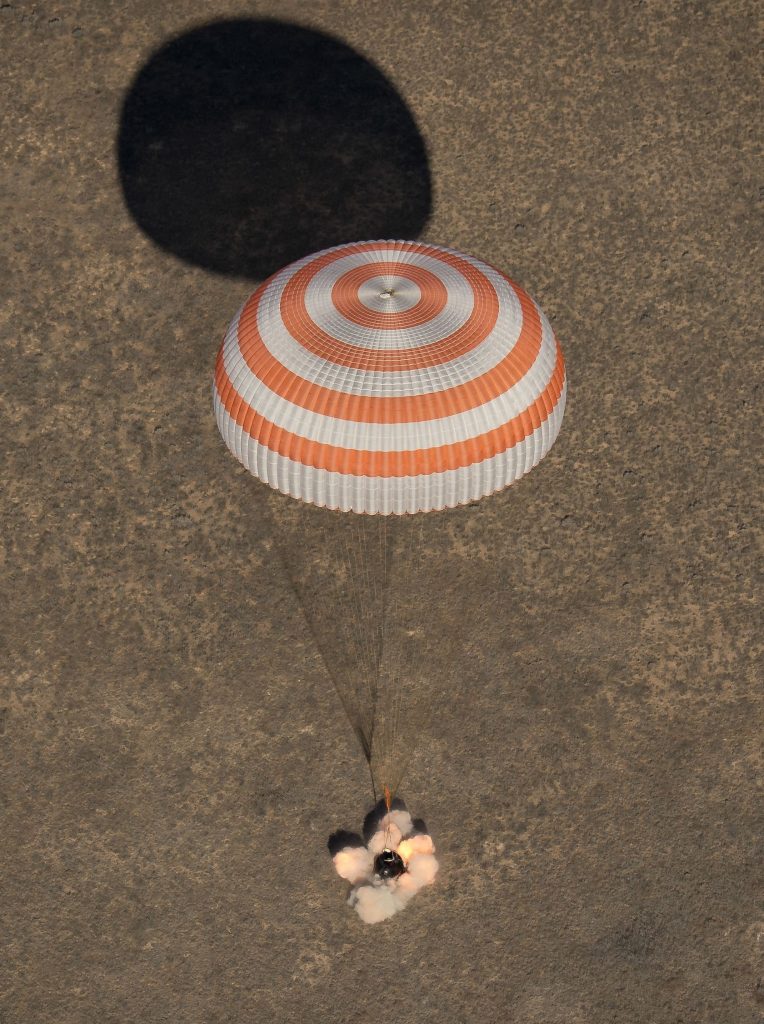
Passing 34 Kilometers in altitude, Soyuz will still be going over two Kilometers per second and the crew will experience around 4 Gs at this point as the vehicle rapidly slows down toward the planned chute opening location 10.7 Kilometers in altitude, 35km from the bullseye landing target.
At a speed of 210 meters per second, Soyuz will blow open the parachute compartment cover and deploy a pair of Pilot Chutes that pull the larger Drogue Chute from its bag – creating the most turbulent phase of the landing for the crew aside from touchdown itself as Soyuz shakes for around half a minute before stabilizing under the drogue that is tasked with slowing the capsule from Mach 0.7 to around 80 meters per second.
The huge orange-and-white Main Chute will deploy 7.5 Kilometers in altitude, marking the start of a series of events comprising the craft’s landing program. Once in a vertical descent, Soyuz will be re-hooked to a symmetrical arrangement followed by the jettisoning of the heat shield to expose the gamma-ray altimeter and the Soft-Landing Engines on the underside of the capsule.
Soyuz will vent leftover Hydrogen Peroxide from its tanks to avoid any issues with the corrosive substance in case of a leak after landing. Also, the blackened window covers will drop away and pressure inside the capsule will be equalized with the outside followed by a quiet descent toward the Kazakh steppe.
Touchdown at the planned landing spot 147 Kilometers south-east of the town of Dzhezkazgan is expected at 14:10 UTC, 8:10 p.m. local time, around 70 minutes before sunset. A fleet of vehicles will be standing by on the ground to rush to the landing site while a series of helicopters will enter a racetrack around the projected landing point to touch down next to the spacecraft within minutes of landing.
Inside the spacecraft, the shock-absorbing seats will move up and the crew will brace for contact with Terra Firma that will be cushioned by solid-fueled landing engines which fire when landing is imminent. Soyuz is expected back on Earth after a mission of 196 days, 17 hours and 53 minutes.

